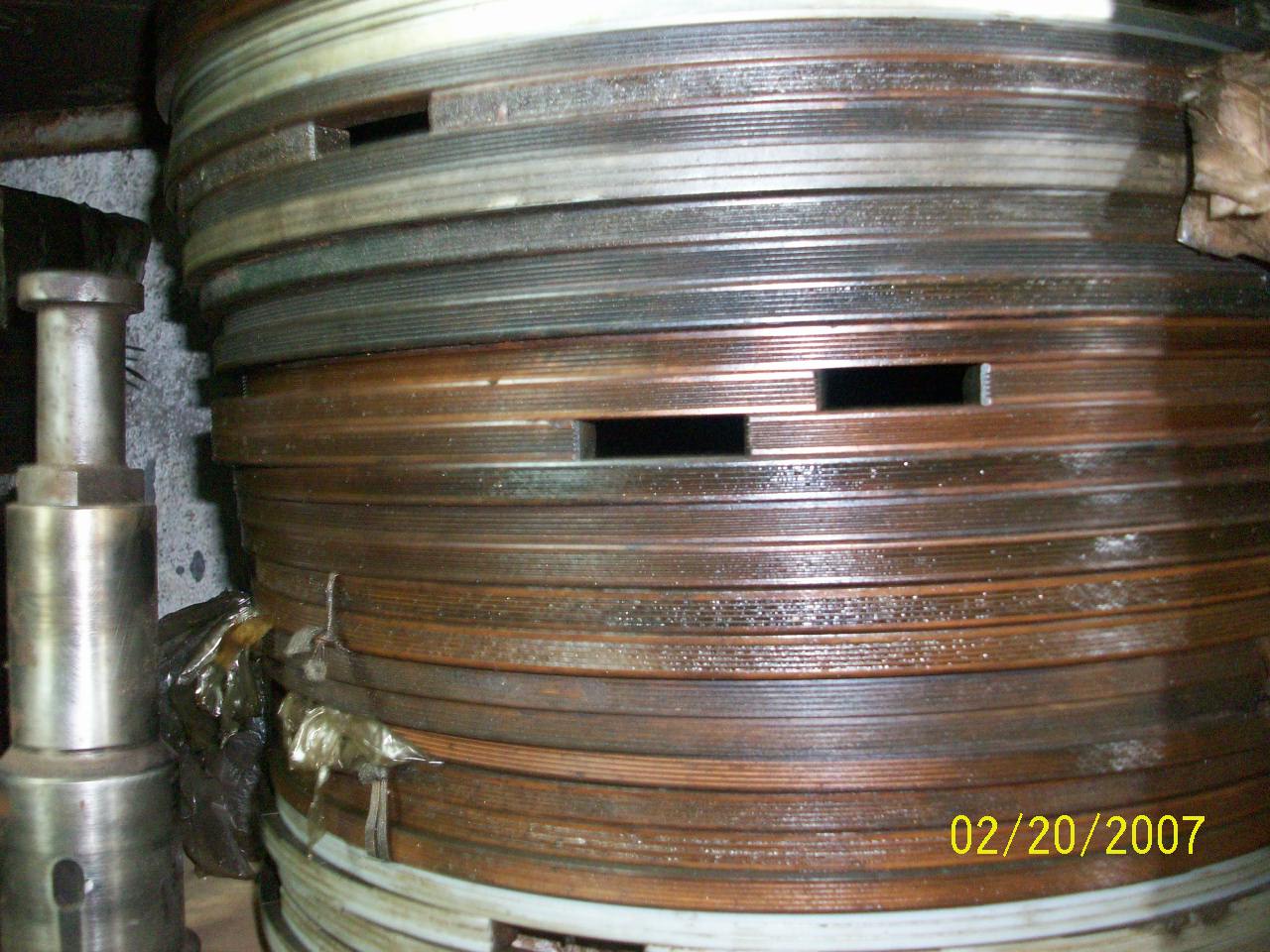
Many people don’t realize that today most machinery is linked in some way or another to computer software of some kind or another; maritime links to software are responsible for many important improvements made on marine vessels in the past few decades. Modern maritime software control many function onboard marine vessels meaning that there are higher levels of safety and management on board marine vessels.

The past two decade have seem a influx of software connected to marine operations involved in marine vessels and the software’s have contributed greatly towards improving safety and operations onboard the marine vessels that have many operations that need to be done at the same time. Navigation and auto pilot are some of the mail software’s that have helped reduce accidents while out at sea. Gust like a modern air craft many modern vessels are equipped with this equipment that maintains the vessels coarse without requiring the navigator to constantly check a compass and make corrections to the vessels sail path.
The software has slowly been adapted to each part of the vessel from the loading and offloading bays to temperature control on board vessels that require specialized temperatures either hot or cold. Maritime links to software seem to have integrated deeply within the industry making ship operators more reliant of them than of the personnel on board the vessels. Although they are deeply rooted within the modern marine vessel this does not mean that the software is invincible. Computer and software viruses can easily corrupt a mare vessels software making it depend on conventional methods of sailing while technicians on board the vessel try to repaired the damage and restart maritime links to software that may be damaged due to virus attack of other reasons.
Being able to use computerized maritime software to control vessel operation while on the voyage help reduce the workforce require on a marine vessel and leaving only essential staff that are versatile since the personnel that are left have different qualifications that make them versatile to do different jobs on board a vessel.
Mechanical operations are controlled by computer software but this form of technology has not been adopted by all marine vessels with some companies that maintain older vessels remaining without modern software onboard the vessel. Some companies have included or added the software to the vessels since accessories are easily available that can be modified to be able to integrate the maritime software to different operations onboard older marine vessels.
Maritime Links to Software have proven to give many advantages that have improved modern marine vessel standards of safety and reduced manpower previously require to monitor different operations onboard ships. Reduced operation costs is another major contribution of integrating software on marine vessels due to reduced manpower and accurate propulsion management systems that have helped reduce fuel costs on cargo ships which can be very high due to the amount of fuel consumed by the vessels.

There are no disadvantages that have been pointed out beside the reduced labor requirement on board the vessels that has been blamed on Maritime Links to Software but when this is considered on a safety point of view than it turn back to positive and concerning the unemployment levels raising it is predicted that there has been a increase in marine vessel production in the past two decade that has increased the requirement of marine sailors infect treating more demand for skilled marine workers than the actual available people who want the jobs. With these major improvements, it is clear that maritime links to software have only helped improve marine vessels and newer software in the future will be welcomed as it seems only to improve and create advantages rather that disadvantages for sailors and other users that really require improved technology to support their work.
Maritime Links to Software,






